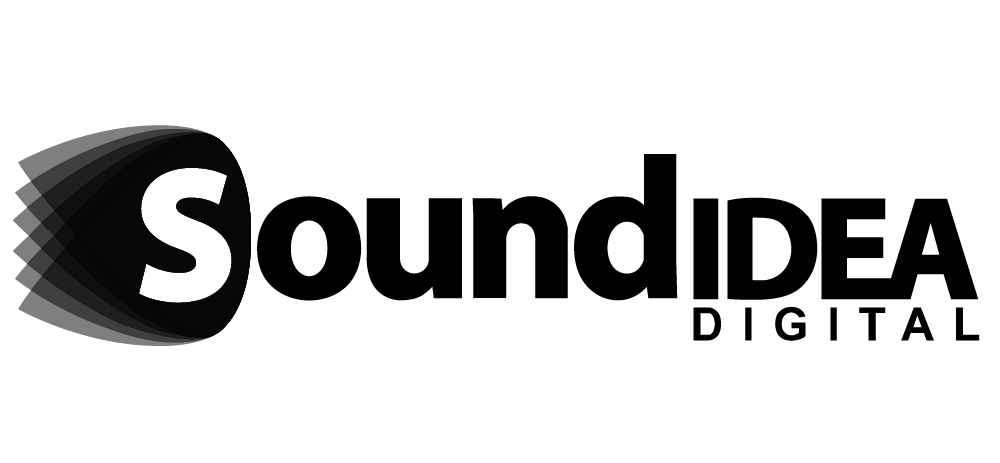
The Visual Aspect of Whiteboard Animators
In the clamorous digital landscape, where attention spans are measured in seconds, clarity is the new currency. Businesses and educators worldwide are discovering that the simple aesthetic of whiteboard animation is, paradoxically, the most sophisticated tool for cutting through complexity. But why does a video that looks like a doodle outperform high-budget live action video? The answer lies not in the drawing ability, but in the psychological mastery of visual narrative wielded by expert whiteboard animators. Their craft is rooted in science, strategically simplifying communication to boost memory and engagement. There are data-backed reasons why this medium is so effective, and the detail lies in the five core storytelling fundamentals that separate a compelling explainer video from a forgettable sketch.
The Psychological Edge: Engagement, Retention, and ROI
The power of whiteboard animation is rooted in how the human brain processes information. Cognitive Load Theory posits that our working memory has a limited capacity. When we’re forced to process too much information at once, comprehension suffers.
Professional whiteboard animators excel because their medium inherently reduces this cognitive load by adhering to key principles of multimedia learning:
- Dual Coding: Combining auditory narration with complementary visuals allows the brain to process information through two channels simultaneously, creating a stronger memory trace.
- Sequential Reveal (Segmentation): Content is revealed progressively, guiding the viewer’s attention and preventing the working memory from being overwhelmed.
- High Retention: Viewers retain up to 95% of a message delivered through video, compared to just 10% when reading text alone.
- Conversion Lift: Explainer videos on landing pages have been shown to increase customer conversions by up to 80%.
The strategic use of visual narrative is what drives these business results. Companies leveraging animated storytelling have reported up to a 35% improvement in message recall. The enhanced clarity and emotional engagement make viewers significantly more likely to follow through with a call to action. For brands aiming to establish long-term recognition, investing in skilled whiteboard animators is less about marketing and more about a calculated memory retention strategy.
The Five Fundamentals: The Secret Toolkit of Whiteboard Animators
The ability of whiteboard animators to achieve these high results stems from their deep understanding of five core principles, which transform a script into a dynamic, memorable visual journey.
1. Script-to-Sketch Translation
This is the critical process of transforming written dialogue and narrative points into effective, simple visual cues. The true artist knows how to identify the conceptual anchors in a script, focusing on what idea needs an accompanying drawing, and when it should appear to maximise viewer understanding. This discipline supports the Coherence Principle from learning theory, ensuring that every visual element serves the central message, helping to avoid extraneous cognitive load. Expert whiteboard animators are adept at filtering the script, ensuring the visuals only reinforce the key conceptual points.
2. The Power of Metaphor and Analogy
A good animator can draw well; a great animator knows what to draw. This is the skill of replacing literal, boring, or highly technical concepts with relatable and universally understood visual metaphors. For instance, explaining “business growth” is often better served by a drawing of a climbing ladder or a growing seed than by a complex bar chart. This ability to choose the most appropriate analogy makes abstract ideas immediately concrete, which is crucial for helping the viewer integrate new knowledge into existing memory structures.
3. Sequential Reveal and Pacing
The magic of whiteboard animation lies in its performance. This addresses the deliberate control of the information flow. The sequential reveal builds anticipation, guides the viewer’s eye, and critically, manages cognitive load. By carefully pacing the drawing process, whiteboard animators ensure the audience is only looking at the one piece of information being discussed at that precise moment. This technique is formally known as the Segmentation Principle in learning design, breaking down complex topics into digestible, bite-sized moments to prevent the viewer’s working memory from being overloaded.
4. Character and Icon Consistency
To maintain believability, brand cohesion, and trust, the visual style must remain consistent throughout the narrative. This principle covers the creation of simple, repeatable character designs and a cohesive library of visual icons. Consistency reinforces Brand Recall and reduces the mental effort required for the viewer to recognise new symbols, ensuring focus remains on the core message.
5. The Narrative Flow of Transitions
The journey between completed scenes must be as seamless and engaging as the drawings themselves. This focuses on the techniques used to move from one drawing or scene to the next. Smooth transitions maintain the flow of the visual narrative, which is naturally how the human brain processes and organises stories. A lack of flow is a break in engagement, something top whiteboard animators avoid at all costs.
The Animator’s Core Toolkit
These five principles combine to form a highly effective framework for explanatory content:
- Script-to-Sketch Translation: Isolating core concepts to draw, enforcing the Coherence Principle.
- Power of Metaphor and Analogy: Replacing abstract ideas with concrete, memorable visual representations.
- Sequential Reveal and Pacing: Controlling the flow of information to match the narration (Segmentation Principle).
- Character and Icon Consistency: Ensuring visual uniformity to reduce cognitive effort and build Brand Recall.
- The Narrative Flow of Transitions: Using techniques like morphing or seamless wipes to maintain visual continuity.
Every stroke, wipe, and symbol is a deliberate choice made by professional whiteboard animators to optimise the communication. It’s a precise methodology for combating information overload and maximising the transfer of knowledge to the viewer’s long-term memory.
Case Study: High-Stakes Funding and Investor Confidence
The power of these fundamentals is best demonstrated in high-stakes business environments. Consider the case of a clinical recruitment company seeking to present their complex telemedicine model to investors. This required explaining intricate medical and logistical systems clearly and quickly.
By strategically leveraging whiteboard animation, the company transformed a dense business plan into a streamlined, compelling visual story. The video made such a significant impact among investors that it helped the company successfully raise $3.5 million in funding. The simplicity, narrative clarity, and emotional connection provided by the animation were cited as key factors in their persuasion.
The ability to distill complex, technical concepts is where the expertise of whiteboard animators shines. Instead of overwhelming investors with detailed charts and figures, the animation provided a clear, digestible narrative using visual metaphors and sequential pacing. The success of this case demonstrates that clarity, delivered through the principles of visual storytelling, can be a multi-million-pound asset.
The Future Role of Whiteboard Animators
While technology, including artificial intelligence, is starting to assist with sketch suggestions and animation sync, the core value of human whiteboard animators remains paramount. The AI can draw, but it is the seasoned creative partner who understands the nuance of metaphor, the pacing required to manage cognitive load, and the emotional resonance needed for a powerful business case. As experts affirm, the foundational value of human touch, strategic narrative clarity, and audience empathy will always be central to driving effective results. Ultimately, the best whiteboard animators understand that their job is not to fill a screen, but to clarify a concept and embed it into the long-term memory of the viewer.
Sound Idea Digital: Here to Help
Sound Idea Digital is an established South African Content Production and Systems Development Agency with over 29 years in business, operating from Pretoria, Johannesburg, and Cape Town while serving international clients across Africa, the UK, and Europe. The agency maintains a competitive edge by coupling its highly experienced team of content creators with a dynamic development team, offering expert consultation in eLearning, Marketing, and Web to optimise content and campaigns. This expertise caters to a diverse corporate clientele across sectors like Aerospace, Construction, Education, and Mining.
We at Sound Idea Digital have seen first-hand how mastering these five visual storytelling fundamentals transforms engagement into measurable business results. If you are ready to convert complex ideas into simple, high-impact explainer videos, we would love to help you tell your story with clarity and precision. Get in touch with us today.



